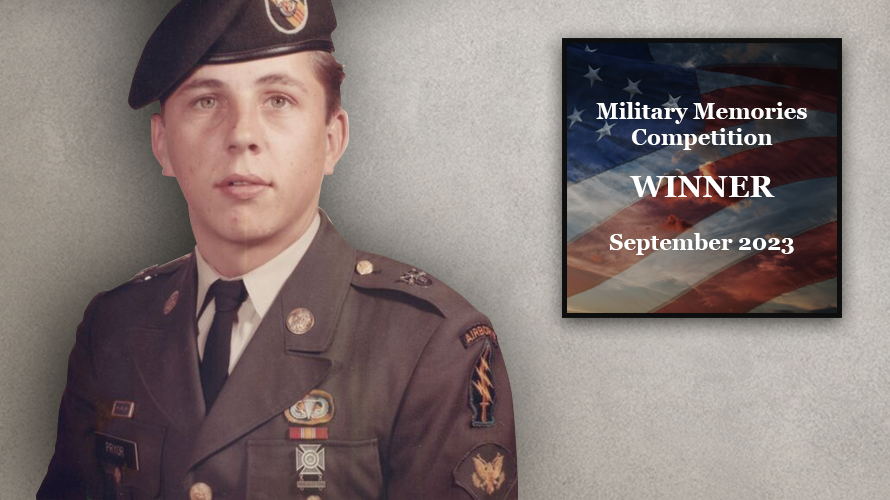What was your favorite bar/ recreational establishment from your Military Service? What do you remember most about this place and do you know if it still exists?:
After getting wounded, I was given a three-day R&R in Vũng Tàu. I stayed at the Grand Hotel, which had been taken over as an R&R Center. Many GIs had cute dinner dates that first night. I don’t do nightlife, so there would be no opportunity to find even a plain Jane for me.
On my second day, I passed a barefoot woman in an alley. She was dressed in filthy black pajama peasant rags sporting rips and patches while smelling like raw sewage. I said hello to her in Vietnamese in the most formal manner. She returned my greeting, and we continued our separate ways. Suddenly, she came running back. As a Chinese Nùng, she was from the lowest strata of Vietnamese society. They were treated like animals. Other than her fellow Nùngs, I was the first to show her any respect.











